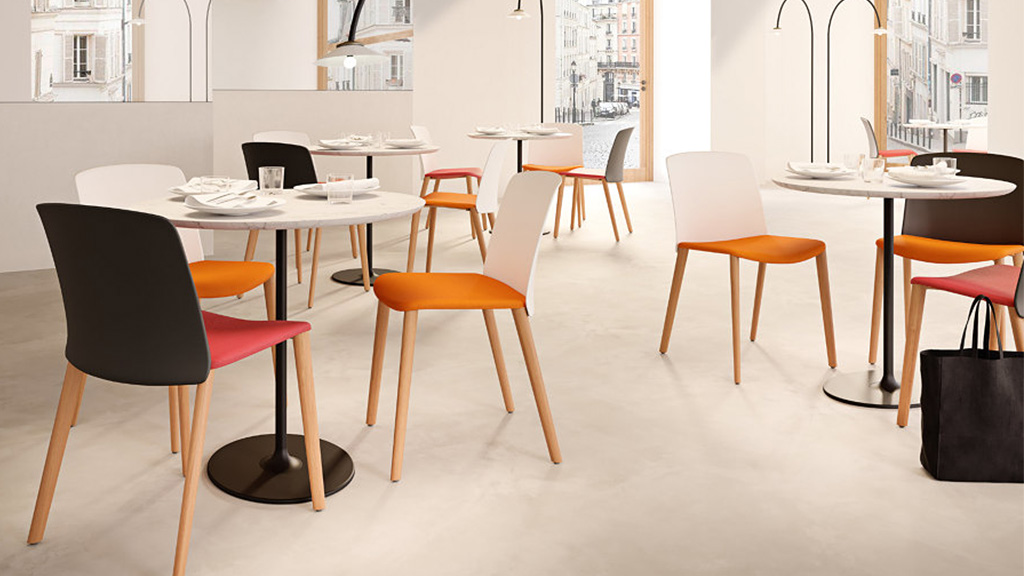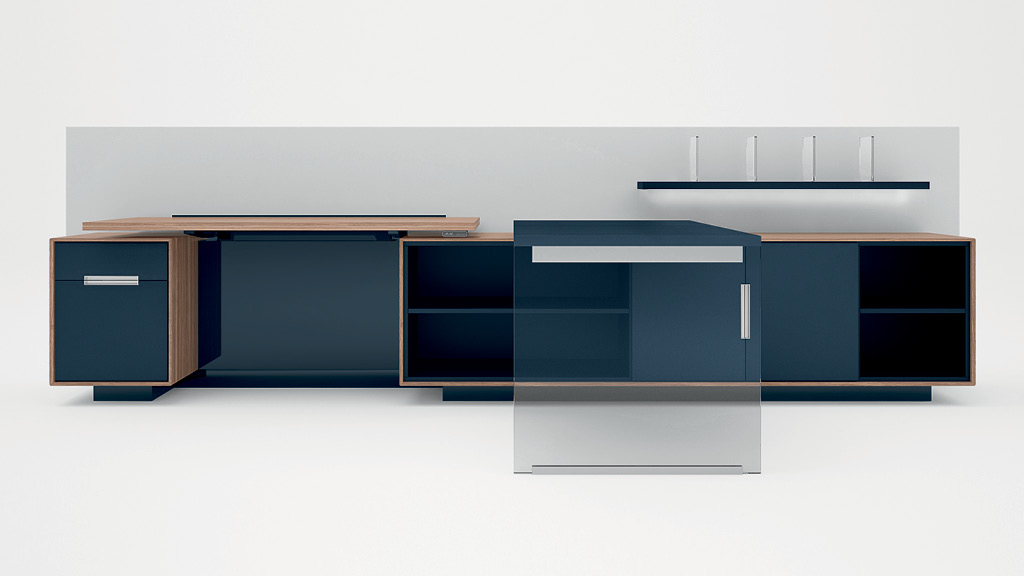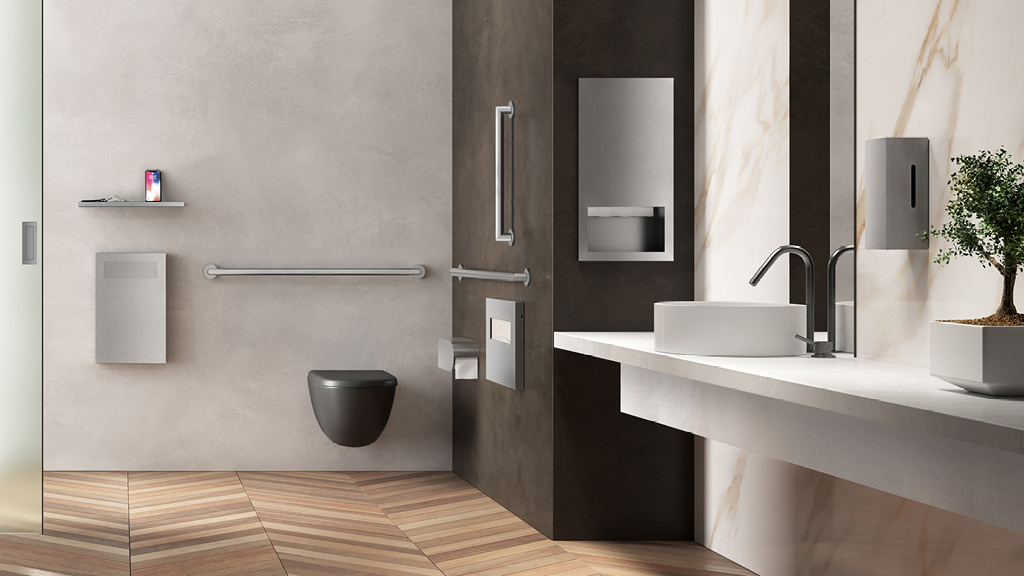Product Development
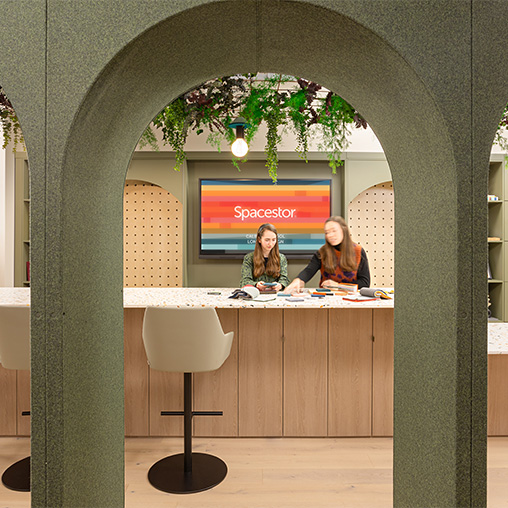
Aeonica
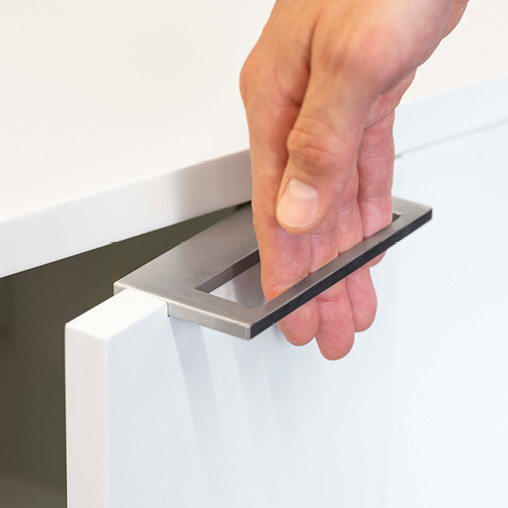
PBA
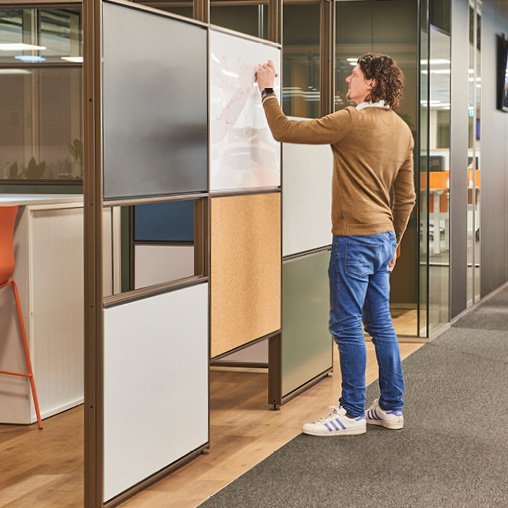
Maars Living Walls
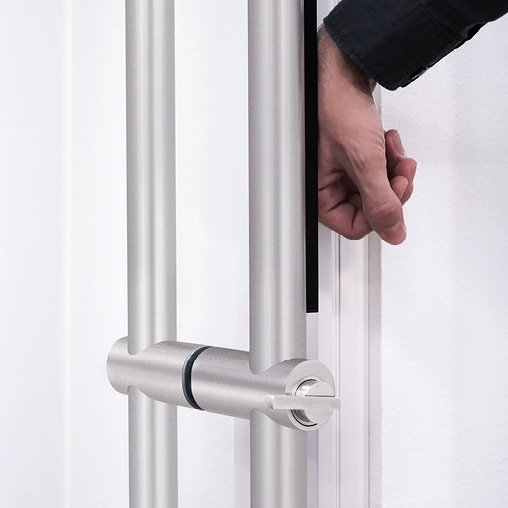
PBA
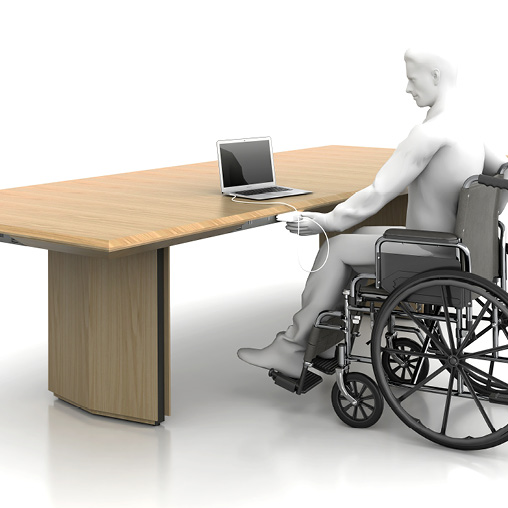
Nucraft
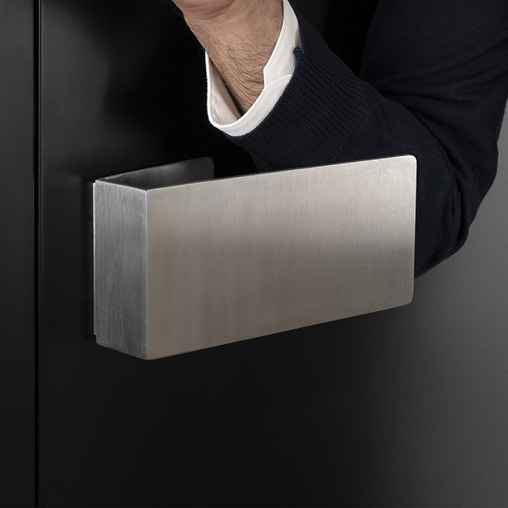
PBA

Bobrick
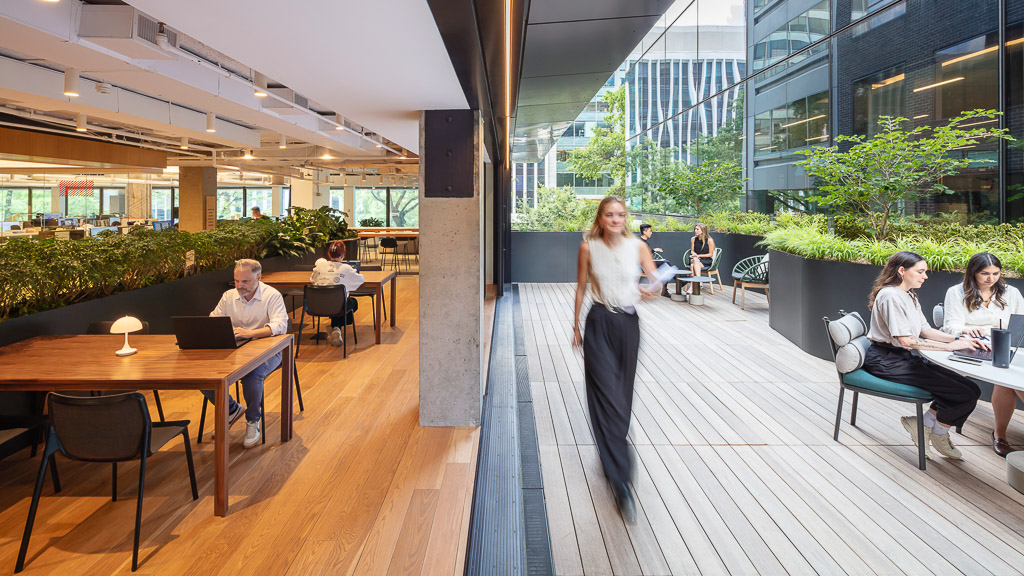
Gensler’s D.C. Office Expansion, Renovation, and a Groundbreaking New Way to Break Down Broadloom Carpet
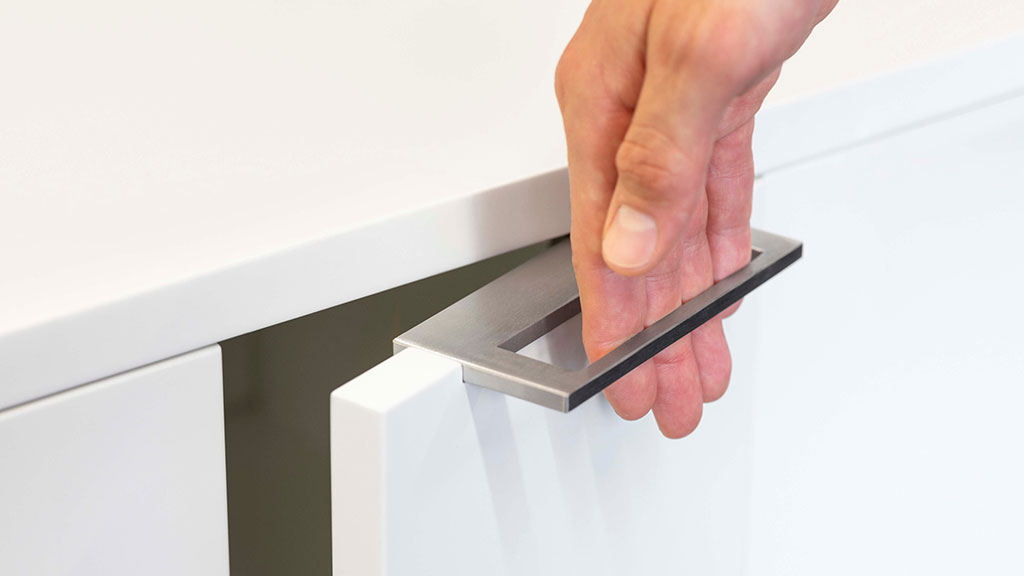
Inclusive Product Design
Should Never Exclude Style

Blowing the Lid Off Product Design:
5 Tips for a Better Trash Receptacle

Product Design for a
Better Bathroom Experience

Product Design Gets Redefined
When Creating a Wall for All
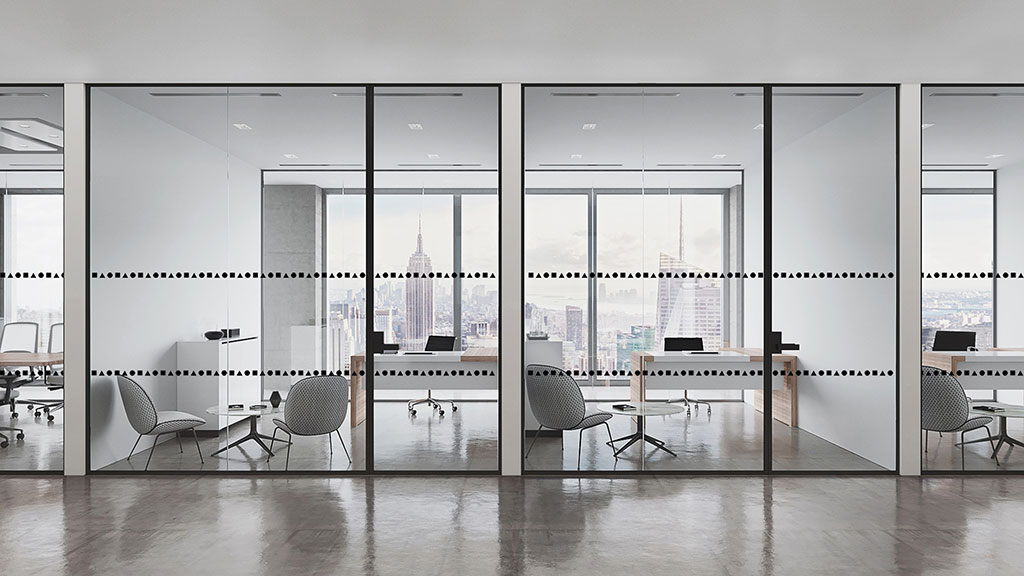
Product Design Gets Graphic:
A Story of Life Safety

Product Design Takes
a Bathroom Break

Inclusive Product Design:
Everyone Has a Seat at the Table

How Inclusive Design Supports Resilience and Climate Preparedness

Product Design With the World in Mind: Just What the Doctor Ordered

Design Forecast 2022: Product Development

Product Design ‘Cleans Up’ and Office Hygiene Gets a Boost

Why Inclusive Design Is a Critical Advantage in the War for Talent

Navigating the Circular Economy: How Reusing Materials Saves Costs and Lowers Embodied Carbon

Work From Home Product Design: How to Make a Desk Its Best
Modular, interchangeable, and biodegradable components are the new standard.
Modular, interchangeable, and biodegradable components have become a new standard for products. By focusing on sustainability and circularity, designers extend product lifespans, reduce waste, and offer clients adaptable solutions that evolve with changing technologies and sustainability expectations.
Biophilia is a key design element.
Nature-inspired colors and regenerative materials like bamboo and wool enhance comfort, focus, and productivity while nature-focused features elevate aesthetic appeal and support occupant well-being across work and wellness environments.
Localization and authenticity shape workplace products.
Clients seek products and spaces that reflect regional culture and craftsmanship. By blending local sourcing with customizable designs, designers deliver environments that reflect the uniqueness of the community while also reducing supply chain complexities.


Brandon Larcom
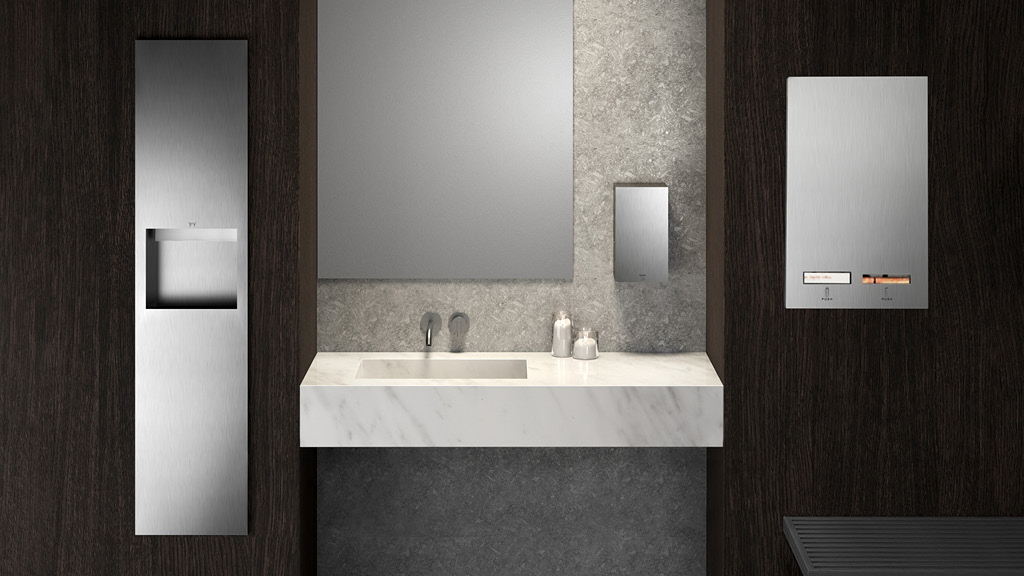
Design for All Bathroom Accessories Wins The Architect’s Newspaper 2024 Best of Products Award

Baker and Gensler Collaborate on Modern Home Office Furniture

Better Options for Home Office on the Way

High Point Market’s Most Exciting New Collaborations
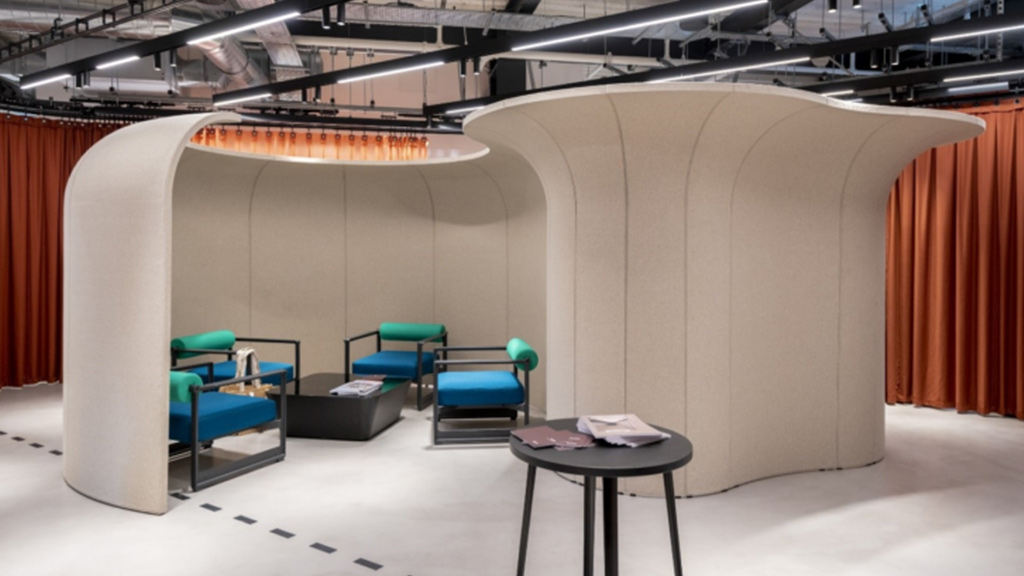
Gensler Awarded Le French Design 100 for Aeonica, a Furniture Design Concept by Gensler for Spacestor

Gensler and 3form Are Designing Products for Flexible, Inclusive Workplaces

Officeinsight Features Formani’s “Haptically Engaging” RIVIO Collection, Designed with Gensler

The RIVIO Collection, a Collaboration Between Formani and Gensler, Offers an “Ergonomic and Elegant” Solution

Formani Launches RIVIO Collection, Designed in Collaboration With Gensler

Global Expressions Collection by 3form and Gensler

Global Expressions Collections Co-Created by 3form and Gensler
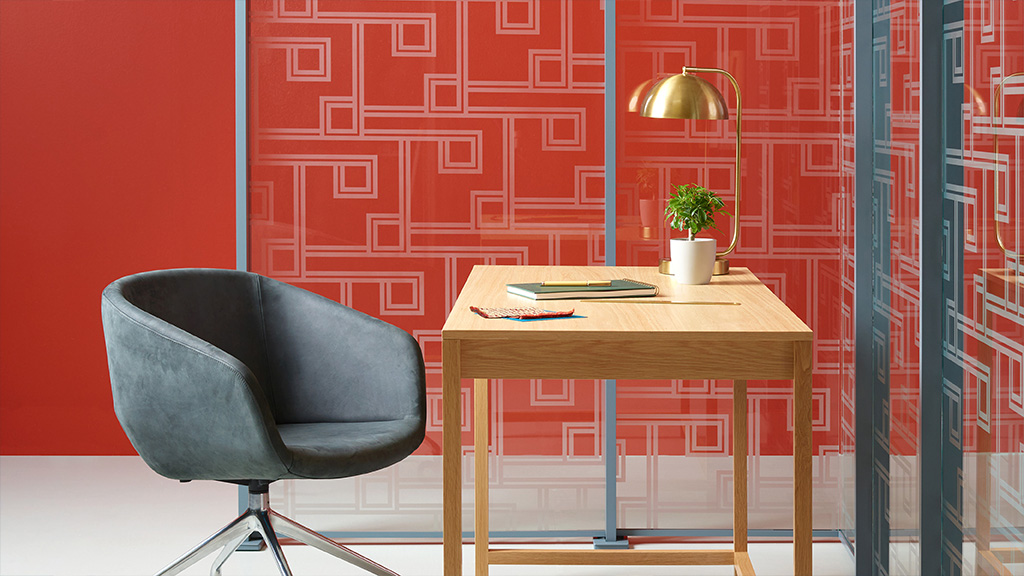
3form’s New Collection Designed in Collaboration with Gensler
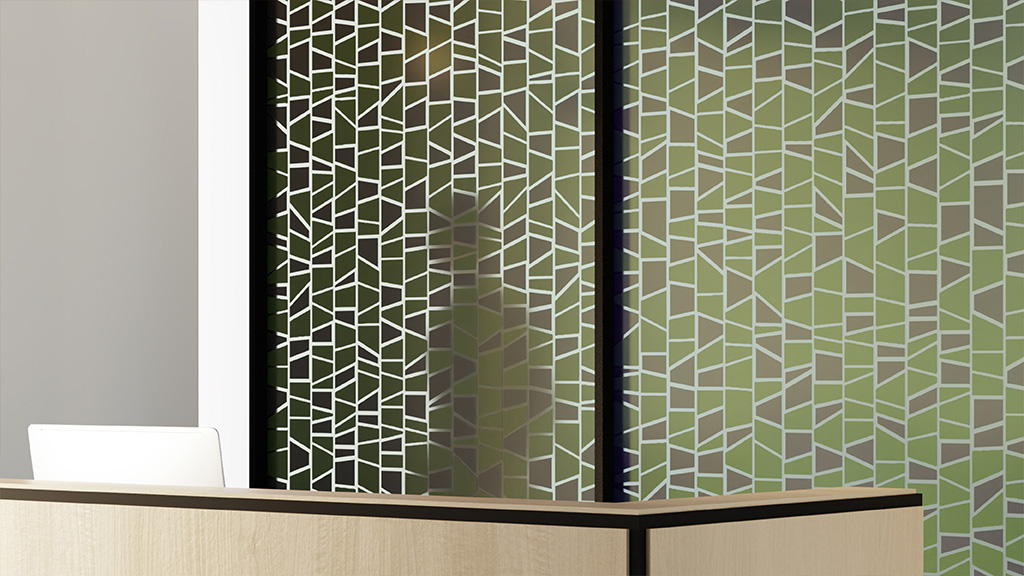
3form and Gensler’s Global Expressions Pattern Collection

Hands-Free Pulls
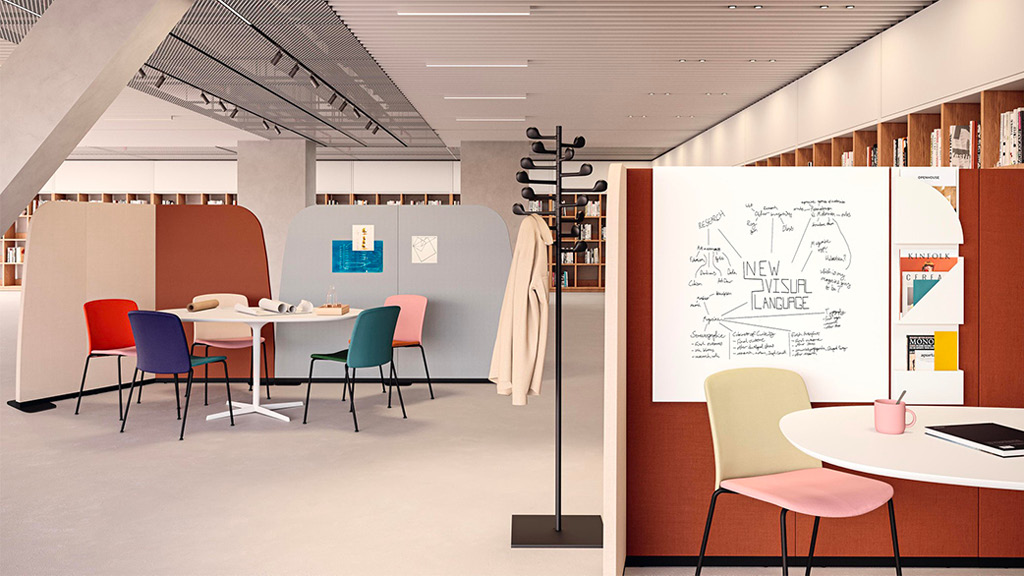
Exploring the Mixu for Arper Collection, Designed in Collaboration With Gensler
